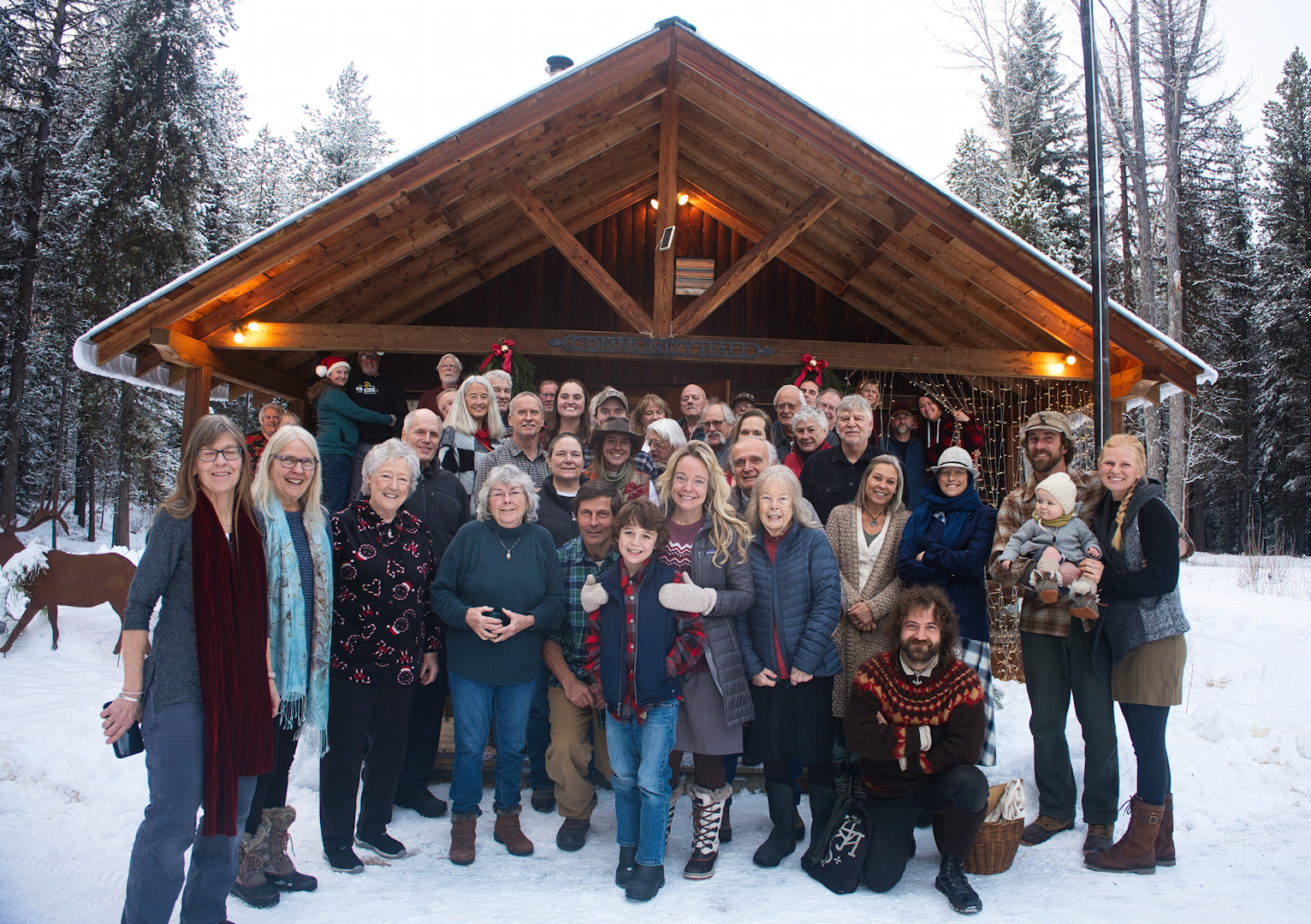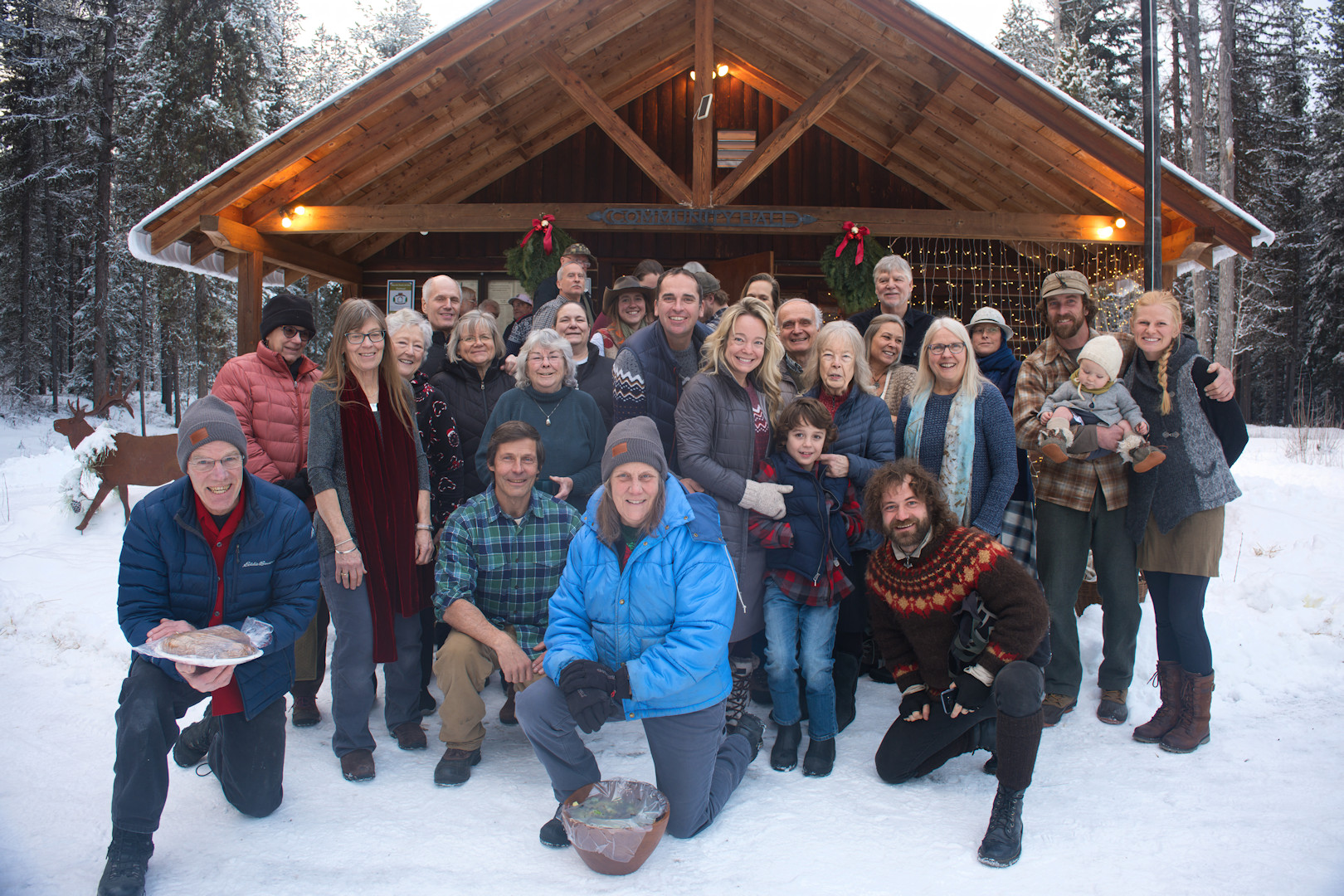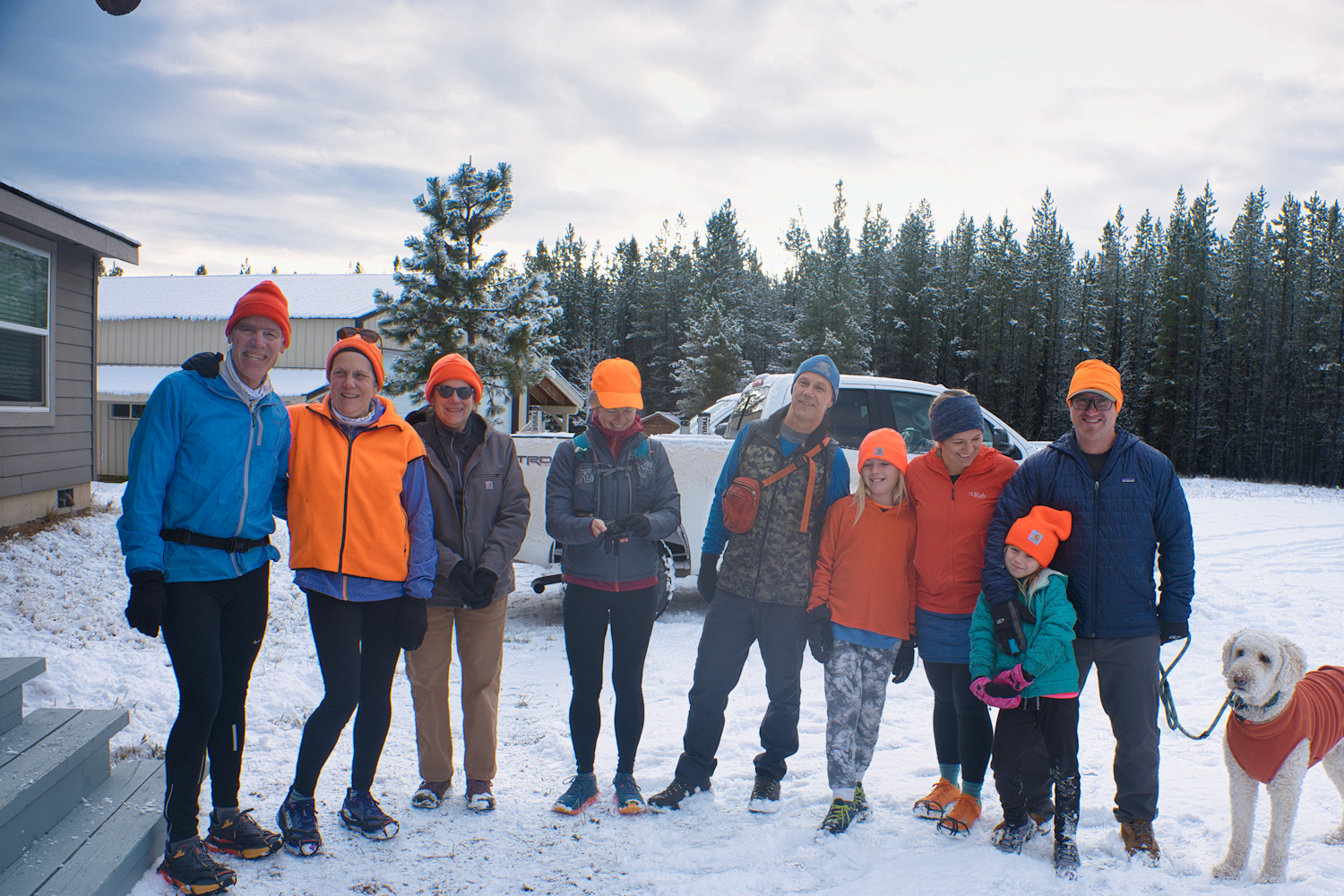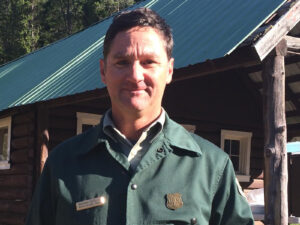(Posted on Facebook yesterday by Beth Ulrichsen.)
Ray Brown has generously rented the Stumptown Ice Den for all North Forkers to skate together on…
Thursday, February 29th from 10:30 to 12:00!
Stumptown Ice Den
715 Wisconsin Ave, Whitefish
 If you need rental skates, they are provided! Ray said come early if you need skates, like 10:00!
If you need rental skates, they are provided! Ray said come early if you need skates, like 10:00!
Beginners are encouraged to come, you get to use a chair.
Come skate, watch, and/or socialize!








